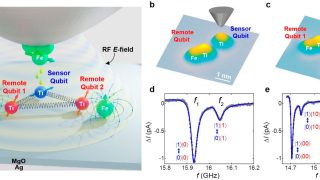
Crosslinking pectin for the simultaneous removal of multiple pollutants from water
Chemical contamination of water bodies on one hand, and water shortages due to overexploitation on the other, have increased the need for effective and efficient water treatment and decontamination processes. Two important aspects need to be taken into consideration to define what is an “effective and efficient” treatment. First, as current methods of removing pathogens […]








